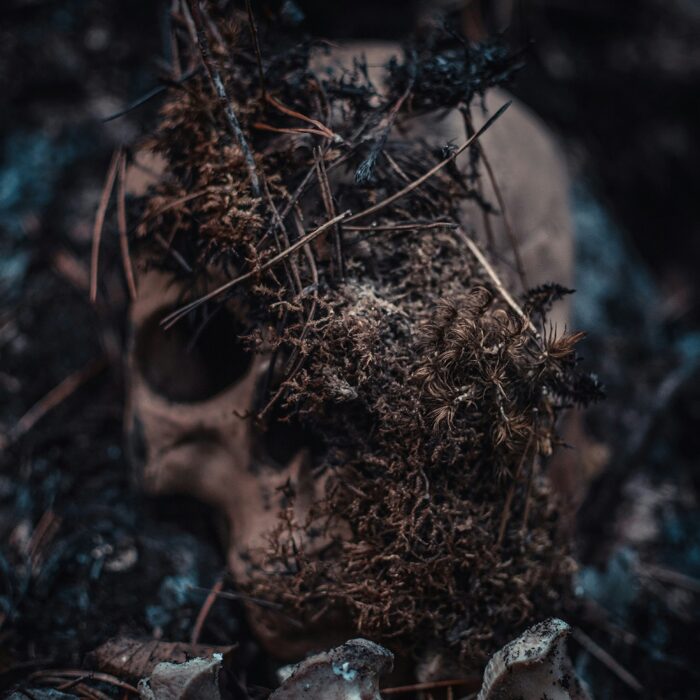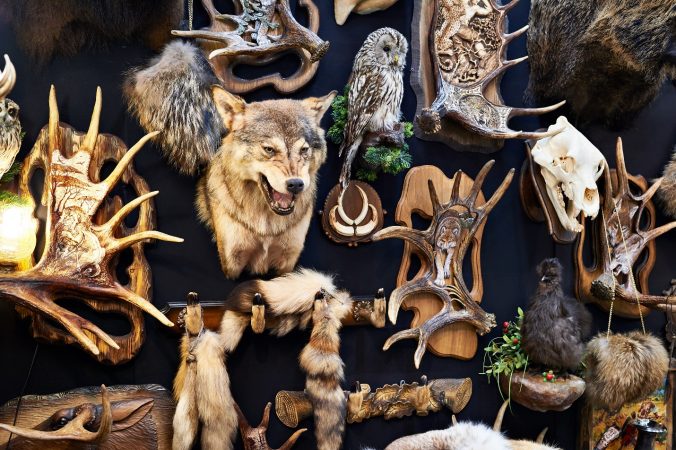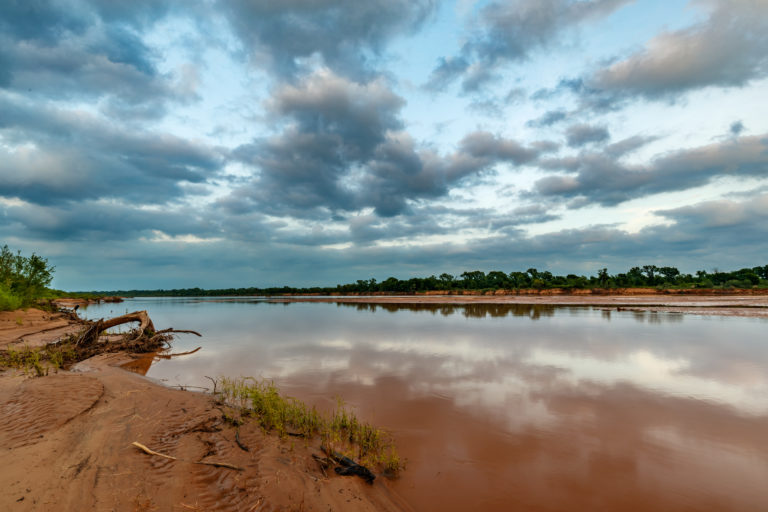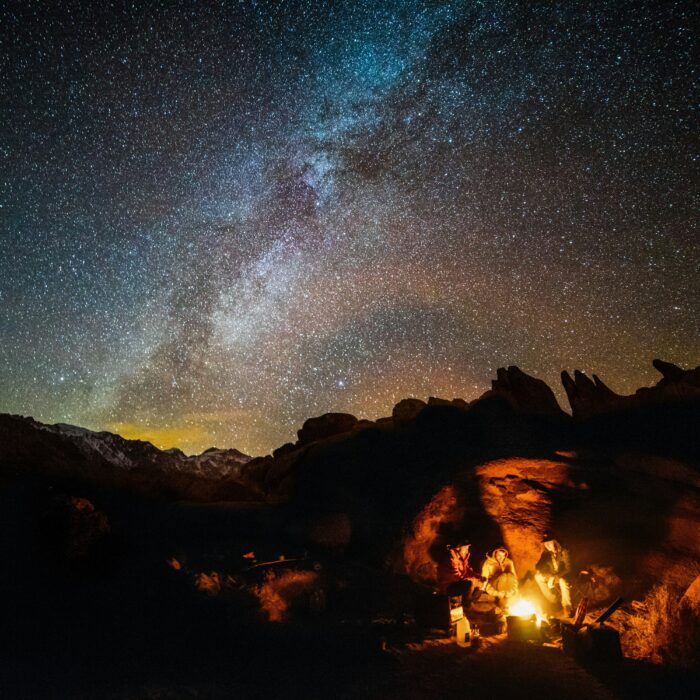You have no items in your cart. Want to get some nice things?
Go shopping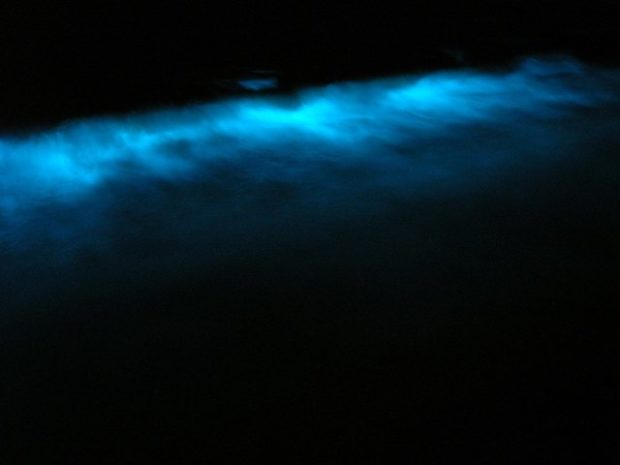
It was a warm evening, my arms staying bare until well past eight p.m. We were going to have a makeshift barbecue in the cove; salmon fillets, halloumi, warmed pitta bread. But first, the bioluminescence. That was what we’d all come here for, my boyfriend and his friend and his friend’s friends. It was meant to be an incredible sight. Fireflies under the black sea. Rarely seen and only on certain nights. Everybody else began pulling off their tops. One woman made polite conversation as if trying to horse-whisper me, the discomfort of my refusal to go in the water evident as faces turned away. They asked again, You sure? I’m happy here, I said. You sure? my boyfriend tried once more as his childhood friend shouted to him from the sea. His shoulder was half-turning. I nodded. Listened as yelps and shouts started up. Splashes and half-snatched sentences of exclamation. An amazing sight … can’t believe it … never seen anything like it. I felt my belly sink into the sand beneath me, pulled down by the shame at my failure to join them. I wondered what they must think of me – the new girlfriend, coward enough to miss a once in a lifetime moment. I did eventually roll up my jeans to my knees and walk into the shallows. I did see the fireflies under the sea for myself. They sparked and dashed, joining in fleeting wild anglesas I kicked through the water. But I didn’t swim and when we were all settled back around the fire, it seemed as if the shame clung wetly to me as we all dried off.
I’ve thought a lot about that evening since. At first, I thought about it as a stick with which to beat myself. That cruel self-talk at which many of us excel. Pathetic. Coward. Shit girlfriend. You know the drill. But over time, I came to see it as something else entirely: that what was wrong was not that fear had prevented me from night-swimming that August evening, but that I thought the fear was a problem, instead of an invitation.
*
Feel the Fear and Do It Anyway, the title of the 1987 bestselling self-help book, has become a well-known phrase and part of our common language. For its twenty-fifth anniversary, articles continued to cheerlead it as life-changing. It had encouraged people to quit jobs they hated, leave partners, ask for a pay rise. Susan Jeffers, the author, says that when we are frightened, we are “living in the lower self”. Instead we need to train ourselves to move to the “higher self” that can go beyond fear. It is an ethos rooted in Enlightenment ideals of progress: that we can move from something lowly to a more rational, less pained species. Some causes of fear can, of course, be outrun by science: some cancers now have cures, HIV is not a death sentence, and so on. But fear itself, not its causes, is not something we can outrun. In a way, Jeffers recognised this – she doesn’t say don’t feel the fear; she says feel it and do the thing causing it anyway. Push through it. Fight it. Be a fear warrior. This is the cultural message which causes shame when we fail to carpe diem our way through life. It is why I was so certain I was pathetic on that Falmouth beach, floored by fear and stuck to rock and sand. There was only the opportunity to see stars under the sea – what the hell was wrong with me? Well, there was something wrong with me – or with my context, more accurately.
*
It was eleven months since my mum’s cancer diagnosis. Lymphoma. Particularly aggressive. Like the flighty plankton under the sea, I had seen her body light up on a scan, illuminated spots all over her abdomen and neck. Those eleven months had been brutal. The visceral reality of spending so much time withher on hospital wards full of pained and dying people; it had pervaded everything in me. I appeared identical to twelve months before but everything inside me felt unstuck and quaking. The weirdest things began triggering a fear response in me. A trip to an overcrowded market on a weekend gave me an extreme panic attack, floor swimming up to meet me, breathing turning to a pant. I couldn’t bring myself to attempt a handstand in yoga class because I had become inexplicably terrified of turning upside down. In Falmouth, all I could imagine happening in the water was some sort of injury. I wasn’t like the other people there that night. I couldn’t get in. I couldn’t get in and be like them because I was unlike them. My name was written on a form next to three of the best-worst words in the world: next of kin. No one would be vitally let down if the others slipped on a rock a few feet out and were incapacitated by a sprain or crack. No one would be alone in doctors’ rooms if they stood on a shard of shell and stitches were needed. No one would miss their stroking palms which distracted from the pain if they caught a cold from the chill water and weren’t allowed to visit for fear of passing on germs. I wasn’t like them. I was experiencing anticipatory fear, something humans are unique amongst animals for being able to do. We can imagine terror. A dubious human superpower. These phantoms can indeed trap us unnecessarily – this is what Jeffers teaches – but what if they are also, at times, teaching us something necessary? Before my mother’s illness, I would have got straight into that night sea, probably with a momentary mental squirm at the unseen organisms which might nibble at my limbs in the water, but I would have got in all the same. But things had changed: options for putting myself at risk, however slim, did not exist. Instead of recognising the cause of my fear – the invitation to acknowledge my changed circumstances and the difficulty of them – I felt robbed of myself and ashamed in front of apparently more courageous people.
*
In one of the anniversary articles celebrating Jeffers’ book, a journalist writes,
“Now every time I have to call someone I don’t know, go to a party alone or argue my point in a meeting, I simply repeat the phrase in my head. I remind myself that it’s good to be scared because it means I’m living life rather than just hiding in my comfort zone.”
She fails to see two things. First, that a comfort zone is a luxury. It is a characteristic of a privileged life situation. There is no comfort zone when you are facing grief or if you are living in a context of instability, as many people around the world are today. How privileged to disdain a state of comfort? And second, that fear may sometimes be a trap, but it may instead be an invitation to remain in your comfort zone for good reason. In times of distress, the option – if it is there – to stay in a position of relative comfort versus venture out into yet more uncertain territory is immensely logical and, perhaps, even wise.
The perfect example of this second point comes from an unlikely place. Alex Honnold is a world-class free solo climber. In 2017, he made the first ever ascent of the 3000-foot-high El Capitan rock formation in Yosemite National Park, California. The documentary, Free Solo, follows him in the months leading up to this feat, exploring the kind of character which would pursue such a dangerous challenge.He is, surely, either someone who feels the fear and does it anyway or someone who doesn’t even feel it at all. In fact, he has an MRI scan during the documentary which concludes that his amygdala – the part of the brain responsible for fear response – doesn’t react to fear-inducing stimulus in the way most of ours would. Many commentators have taken this to be a crucial piece of the Honnold puzzle: he can do it because he doesn’t feel the fear the rest of us would. Perhaps this is true, but I think they’re missing something far more interesting. To me, the most important moment in the film is actually what happens fifty-eight minutes in.
He is off to climb “El Cap”, ropeless, certain death waiting if the slightest thing goes wrong. It is before dawn when he parks up. Deer scatter in front of his headtorch as he walks towards the foot of the enormous rock. “It’s always about excellence and perfection,” he says on the voiceover. We watch him begin the ascent. The white light from his headtorch is all we can see of him, moving up the rock in the pitch black – another firefly. Then, heavy breathing and next, his voice, frustrated, “This sucks. I don’t want to be here. I’m over it.”
He stops the climb.
Is he weak?
He seems to think so in the immediate aftermath. His head hangs with weighty shame. This reaction, and the audience’s sense of being let down by someone they need to view as a hero, is precisely because of the Jeffers indoctrination. He is, instead, not weak but wise. Honnold has many years of free soloing under his belt. He is finely attuned to instinct and safety. His comfort zone may not be the same as the rest of us, but he respects its importance nonetheless. For him, choosing to ignore instinct is a matter of dying. If he ignores the fear rising, it may mean ignoring that something isn’t right in the conditions for the climb and he will literally die. For most of us, most of the time, choosing whether to accept fear and to turn away from things which scare us is not a choice of life and death. It is a choice of life and life, but possibly one in which we’ve pushed too far too soon, or we’ve burnt the candle at both ends and burnt out, or we’ve simply failed to listen to our minds that, for whatever reason, need to stay in the warm confines of comfort for now.
*
I have certainly been a strong subscriber to the Jeffers approach. One of my favourite poems, “The Fourth Sign of the Zodiac”, by Mary Oliver, written by her while suffering from cancer herself, is a favourite largely because of these lines:
You could live a hundred years, it’s happened.
Or not… Do you need a prod?
Do you need a little darkness to get you going?
Let me be urgent as a knife, then,
and remind you of Keats,
so single of purpose and thinking, for a while,
he had a lifetime.
It is an admonishment not to waste time. And there is merit in this meaning. Watching somebody dwindle while cancer wreaks havoc on their body leaves me with no false illusions about that. Life is, indeed, too short. But life is also long, in its own way and there is also a role for nourishing ourselves quietly within it. There are times when listening to our fears can help us. They are information. They are trying to signal something to us about what is happening. It may be a real threat outside us or an anticipatory phantom inside us but, regardless, it demands attention be paid. The brain is not a static thing like a rock; it is a living organism and it changes over time. If it needs a brief, kind respite in your comfort zone while it adjusts to new circumstances or learns to understand a new context, let it have it.
The end of that relationship which took me to the night beach in Falmouth acted as a clarion call for change. I had been living in a state of vigilant terror for months. It finally became clear to me that I had to listen to fear’s invitation. It asked me to acknowledge my need for comfort and quiet amid grief and instability. Acting upon it was not easy: it meant saying no to things and, crucially, respecting myself when I said no as much as I would if I’d said yes. At first, it meant feeling like I was failing some social standard but, slowly, I came to see that I was simply living courageously in a different way: I was feeling the fear and holding it. A few months later, I haven’t had a single panic attack. I find I feel only excitement at the notion of trying to turn upside down and feel my arms brace and hold me. I live in London so night-swimming hasn’t offered itself yet, but I feel confident that if a black sea full of unlikely stars was in front of me right now, I would jump in and splash like a child. There is still a very real danger outside me – my mother is still very ill. But I have made friends with the fear inside me, inviting her in to hear what she needs to teach me. Working with her in this way turns out to be exactly what was needed, creating the inner stores to cope with the unknown things which will come.

About Emily Kenway
Emily Kenway writes essays, creative non-fiction and fiction outside her day job working on human trafficking.
- Web |
- More Posts(2)

